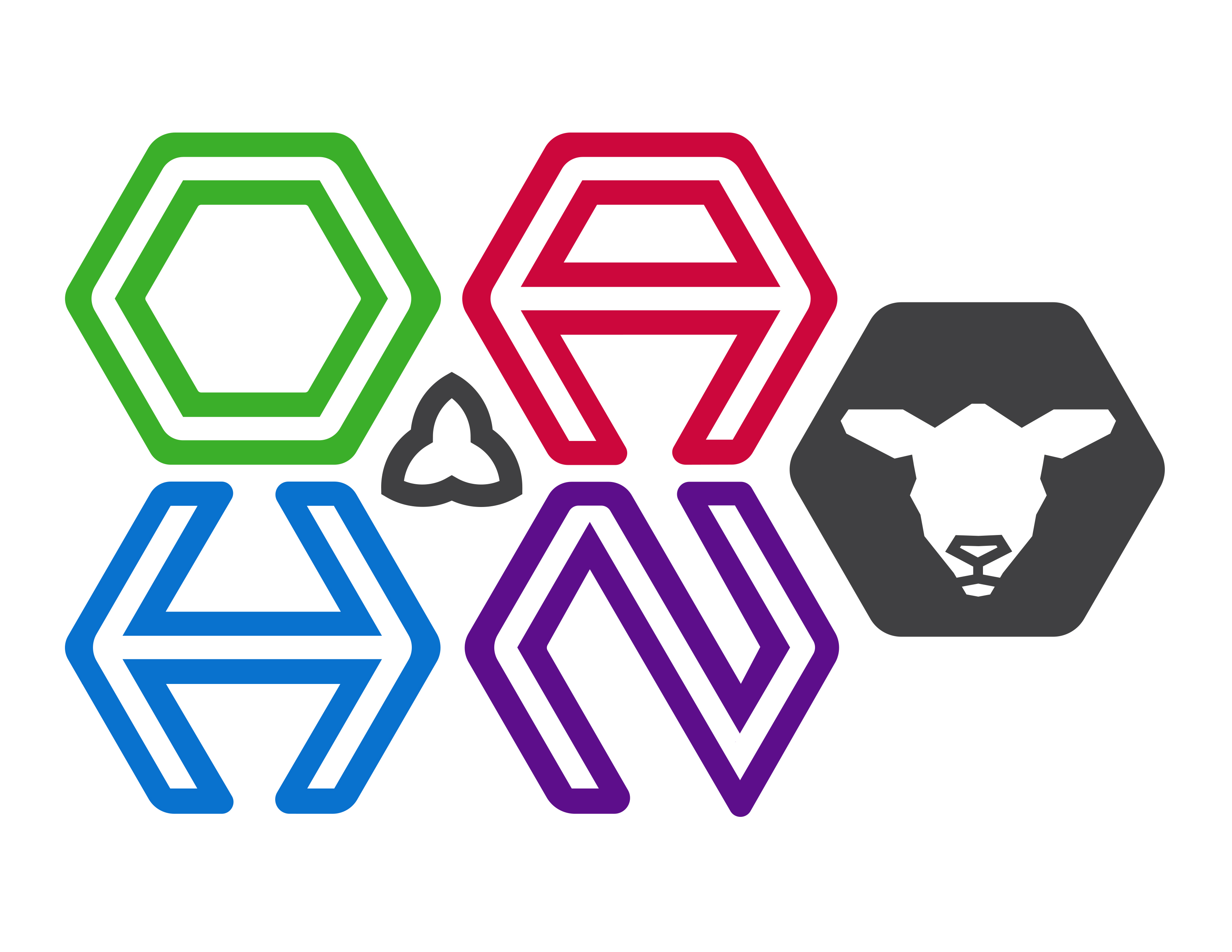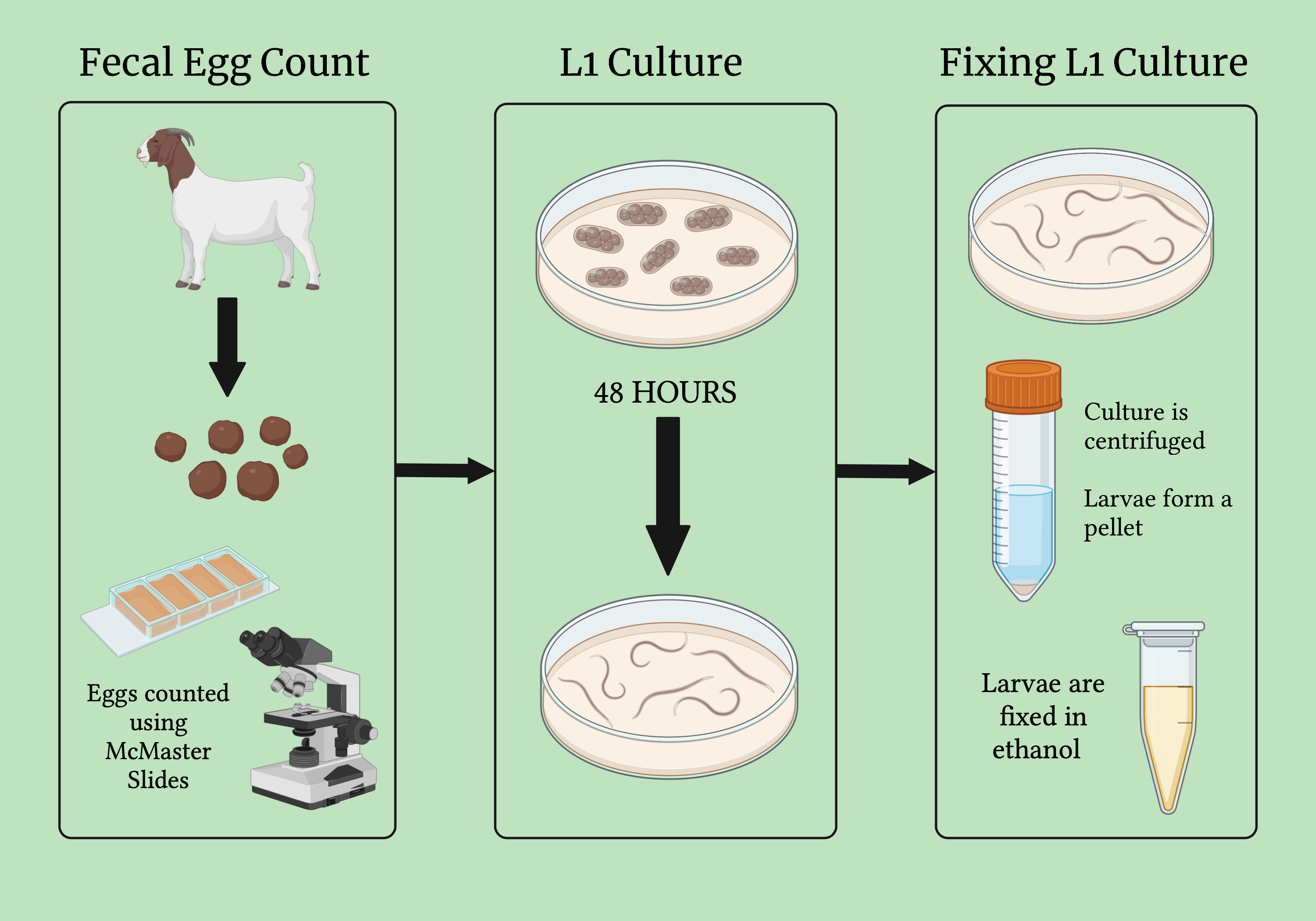OAHN Small Ruminant Network Project: Investigation of Gastrointestinal Nematode Parasitism on Ontario Goat Farms

Project Lead: Dr. Emma Borkowski
Collaborators: Dr. Cathy Bauman, Dr. Andrew Peregrine, Dr. Paula Menzies, Olivia Rucinskas (undergraduate student)
To read the full report, click here: https://www.oahn.ca/wp-content/uploads/2023/11/OAHN-Small-Ruminant-030749-Nematode-parasitism-on-Ontario-goat-farms.pdf
Executive Summary
Gastrointestinal nematode parasites (GINs) are significant pathogens of goats worldwide, causing morbidity, mortality, and loss of productivity. However, the degree of pathogenicity varies with GIN species, and knowledge of the prevalent species in a specific region is valuable in directing treatment and control programs (1). The common GIN species infecting Ontario sheep have been described (2), but the prevalence of various GIN species in Ontario goats was previously undetermined. This project sought to identify GIN species present on Ontario goat farms and evaluate management factors associated with parasitism in Ontario goats. Eighteen Ontario goat farms that pasture their animals were provided kits for collection of fecal samples from 10 youngstock (<1 year old) and 10 adults (>1 year old) in early (May-June) and late (July-August) summer 2022. Farms were also provided a questionnaire on management practices including nature and frequency of parasite diagnostics and anthelmintic treatment. Individual fecal egg counts were performed and equal volumes of samples containing GIN eggs were pooled by farm and age group and cultured to first-stage larvae. ITS-2 rDNA sequencing (1) was then performed on larvae to identify the GIN species present and their relative proportions. Screening was also performed for genes conferring resistance to benzimidazole anthelmintics.
Presentations and Visuals
Presentation to Ontario Goat: https://www.oahn.ca/wp-content/uploads/2023/11/2023-Ontario-Goat-presentation.pdf
Presentation to SRVO: https://www.oahn.ca/wp-content/uploads/2023/11/Olivias-SRVO-presentation.pdf


